- M.A
- information
- 2831 views
- 0 comments
Mosques are buildings where Muslims worship God. The mosque was the center of Islamic communities throughout history, and towns developed around it. Nowadays, especially in Muslim countries, mosques are found on nearly every street corner, making it simple for Muslims to attend the five daily prayers.
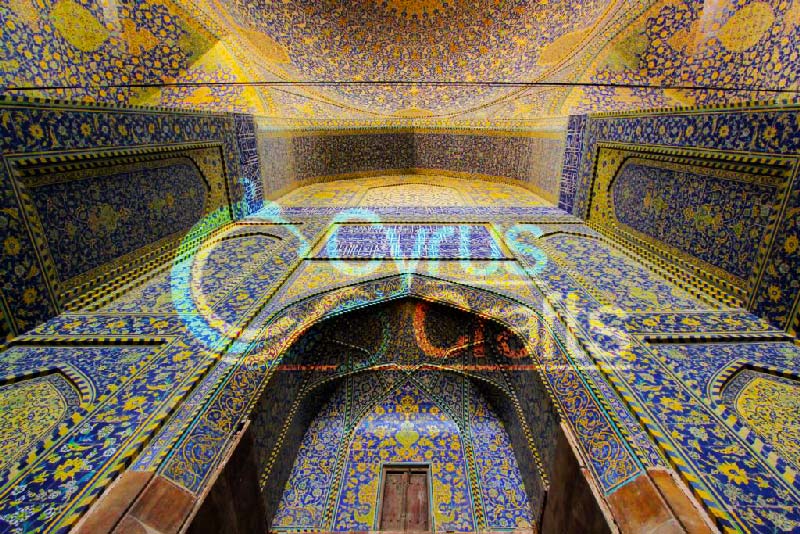
There are certain features that are common to all mosques. Mihrabs are niches in mosque walls that indicate the direction of Mecca, where Muslims pray. An Islamic scholar can deliver a sermon or speech from the minbar (or pulpit) in most mosques.
Quba Mosque: The First Mosque in the World
Many religions have gone through wars, but Islam has emerged victorious to inspire millions of followers. During the 7th century, the time of Prophet Muhammad (PBUH), wars played a huge part in the making of Islam. One of these wars ended, and the believers returned from Makkah with the Prophet (PBUH) himself, and the first mosque was built. History says that Quba was initially home to the tribe of Bani Amr bin Auf. A famous mosque named Quba was built in Bani Amr bin Auf's area upon the Prophet's return to Madinah. According to history, the Quba Mosque is the first authentic Muslim mosque, and the first Friday ‘Namaz’ was held there.
Cyrus Crafts; Luxury & Unique Products
The Most Famous Islamic Mosques in the World
Mosques in the Islamic world have always been memorable and influential on the religious, social, and historical levels. Some of these mosques have gained a lot of fame. The reasons for the fame of these mosques can be historical, exceptional, and artistic architecture, special religious events that happened in these mosques, or cultural and political reasons.
Masjid Al Aqsa
Throughout history, Al Aqsa has been known as the center of monotheism and as the home of many prophets (PBUT). Additionally, it was the first Qiblah in Islam, which later changed to the Holy Kaaba in Makkah, Saudi Arabia.
Masjid Al Haram
The Great famous Mosque of Mecca, also known as masjid al haram, or the Holy Mosque, encloses the Kaaba, Islam's holiest shrine. The first Muslim structure on the site was a wall around the Kaʿbah, built by the second caliph, ʿUmar ibn al-Khaṭṭāb, in 638. A partial ceiling, columns, and decorative embellishments were added by succeeding caliphs. A more extensive renovation took place under the Abbasid caliph al-Mahdī (775–785), who rebuilt and expanded the structure, relocating the outer walls so that the Kaʿbah stood in the center of the courtyard.
Hagia Sophia
Hagia Sophia, Turkish Ayasofya, Latin Sancta Sophia, also called Church of the Holy Wisdom or Church of the Divine Wisdom, is a Byzantine building in Istanbul and one of the most famous landmarks in the world. During the 6th century CE (532–537), it was built as a Christian church under the direction of the Byzantine emperor Justinian I. Throughout the centuries, it has been a famous mosque, a museum, and a mosque again. The building reflects the religious changes that have played out in the region over the centuries, with the minarets and inscriptions of Islam and the lavish mosaics of Christianity.
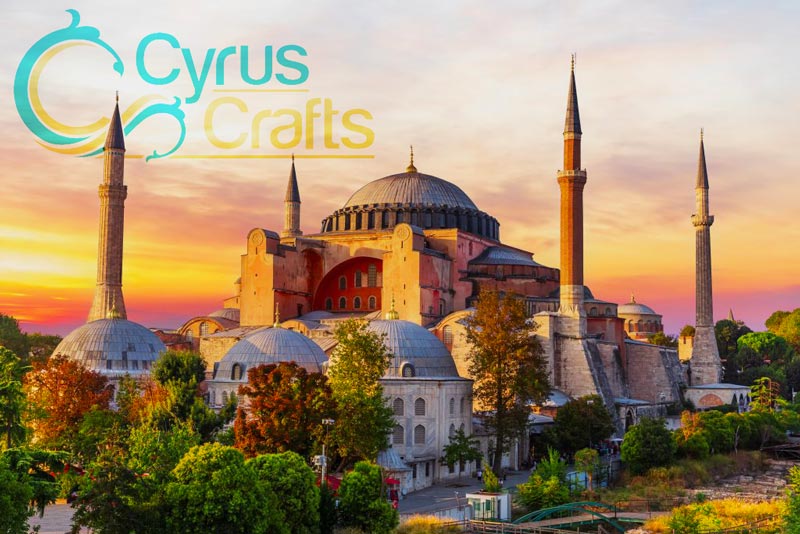
Masjid Nabawi
In addition to being the city's focal point, Masjid Nabawi is also known as "the heart of Madinah." It was built by Prophet Muhammad (PBUH) after his Hijrah (migration) to be a safe place where congregational prayers were offered five times a day without any hurdles.
East London Mosque
During the 1930s, as the community of more permanently settled Muslims grew in the East End of London, the need for a local religious space was brought more into focus. The East London Mosque was established on premises in Commercial Road (London Borough of Tower Hamlets) in August 1941 – right in the middle of the Second World War. This famous mosque was built with cash donations from a number of Indian dignitaries, the Ottoman sultan, and the king of Iran.
Masjid Al Falah
Al Falah Mosque, located in Singapore, was built in 1987. In addition to being a place of worship for Muslims, this masjid also has another special use: to focus on teaching different sciences to Muslims in English.
Sheikh Zayed Mosque
The Sheikh Zayed Grand Mosque is located in Abu Dhabi, the capital city of the United Arab Emirates. The largest and most grand mosque in the world, it is the focal point for daily prayers. During Eid, it was visited by more than 41,000 people.
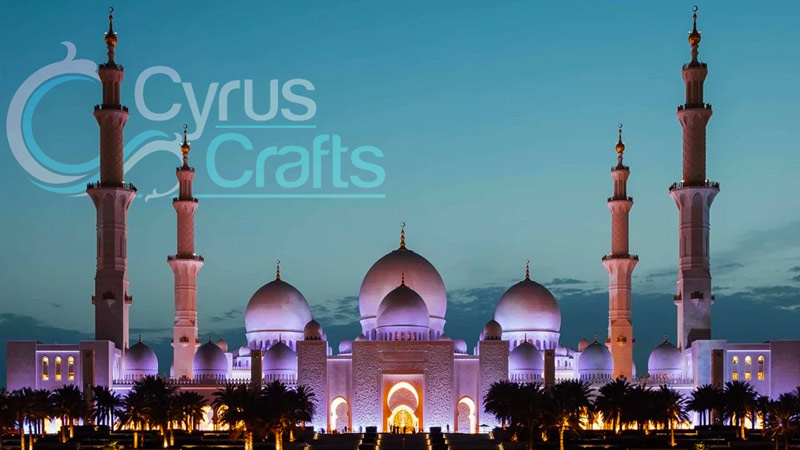
In addition to having one of the largest chandeliers in a masjid, the Sheikh Zayed Grand Mosque holds the Guinness World Record for being the largest Persian handwoven carpet. Calligraphy encircling the hollows of its domes etched with verses from the Quran and painted with gold leaf in An-Naskh lettering are amazing.
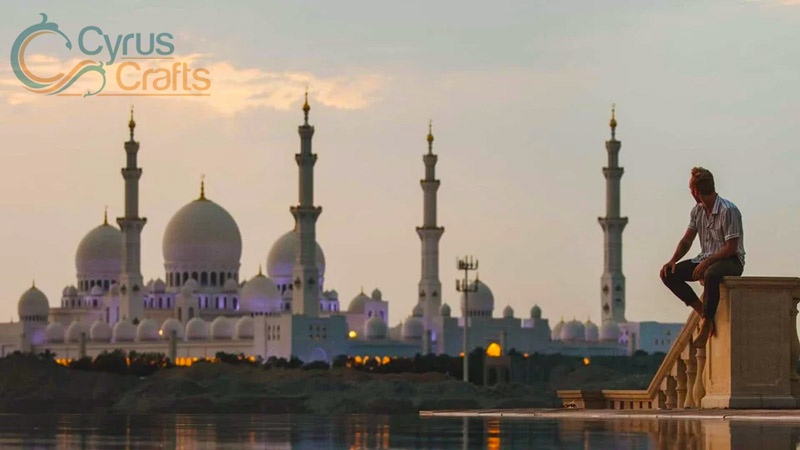
Badshahi Mosque
From 1658 to 1707, Emperor Aurangzeb built only a few significant architectural monuments, including the Badshahi mosque. As of today, it is the fifth largest masjid in the world and was indisputably the largest until the Faisal Mosque was built in Islamabad in 1986. Although it was built late in the Mughal era in a period of relative decline, its beauty, elegance, and scale epitomize Mughal cultural achievement like no other monument in Lahore.
Jumeirah Mosque
The iconic Jumeirah Mosque is one of the few mosques in Dubai open to non-Muslims. In contrast to Dubai's other mosques, non-Muslims are welcome inside Jumeirah to marvel at the ornate decorations against blue and yellow backgrounds.
Sultan Mosque
In Kampong Gelam's historic district, Sultan Mosque, with its massive golden domes and huge prayer hall, is a must-see.
Masjid Sultan is also known as a prominent famous mosque in Singapore and one of the country's most impressive religious buildings. Singapore's first sultan, Sultan Hussein Shah, built the mosque in 1824. inspect the onion-shaped domes. During its construction, lower-income Muslims donated glass bottle ends to decorate the dome bases so that all Muslims could contribute.
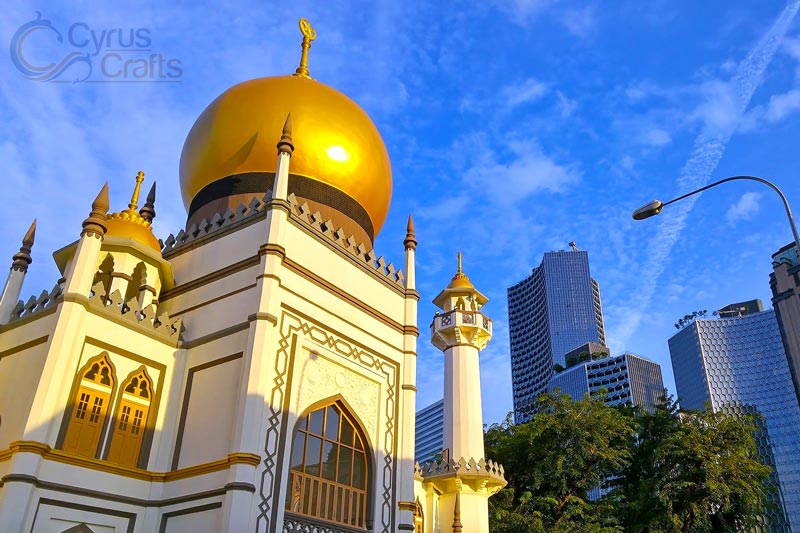
Moti Masjid
As part of the Red Fort at Shahjahanabad, Delhi, the Moti Mosque was designed and built by Awrangzib (r. 1658-1707) during the first few years of his reign and completed in 1663. He spent the first twenty-three years of his reign as emperor in Delhi, during which time the masjid was his private prayer place.
Faisal Mosque
The Faisal Mosque is the 2nd largest mosque in the world, and its site was chosen by the president of Pakistan, Marshal Ayub Khan. Travelers who visit Islamabad are attracted to the Faisal Mosque, the pride of the city. A mosque constructed from the finest marble in the world was constructed. The specialty of the mosque comes with its unique design and capacity to house the people.
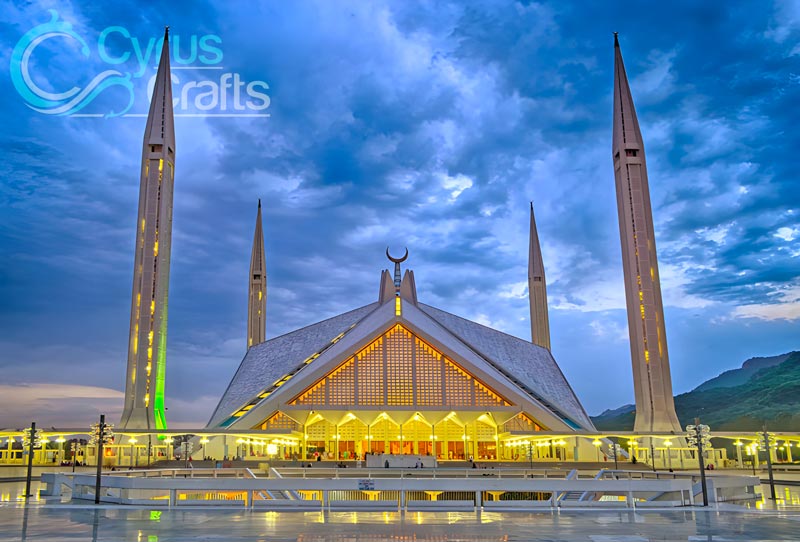
Ortakoy Mosque
Ortakoy Mosque is the most beautiful mosque on the Bosphorus's European side. Located in Ortakoy, one of the most popular districts of Istanbul and its real name is Buyuk Mecidiye Mosque.
Nasir Al-Mulk Mosque
Stepping inside Nasir al-Mulk Mosque, a fairly traditional famous mosque with a vibrant interior, is like entering a kaleidoscope of colors. As the early morning sunlight streams through its stained-glass windows, the mosque's halls become a vibrant wonderland of vibrant colors, patterns, and light.
Sheikh Lotfollah Mosque
A famous masterpiece of Iranian architecture, the Sheikh Lotfollah Mosque stands on the eastern side of Naqsh-e Jahan Square, the first building of the square's four monuments. This mosque is one of the most recognizable tourist destinations in Iran because of its modest shape and rich tile works on the interior and exterior.
Jame Abbasi Mosque (Shah Mosque)
Since the mosque is so important to Iranian culture, the Shah mosque/Jame Abbasi mosque/Imam mosque would be a good place to begin. In the Safavid era, this mosque was the first congregational mosque and the largest mosque in Iran with three dome chambers. Several travelers describe the majesty of this mosque such as Pietro Della Valle, Jean Chardin, and Pascal Coste.
Splendor and Elegance in the Architecture of Iranian Mosques
The use of architectural elements to emphasize the sacred meaning of light to those living in a particular building or structure is one of the key features of Islamic architecture that it shares with Zoroastrian, Jewish, and Christian traditions because of its religious background. In Iran, like nowhere else in the Middle East, this found particular expression in the Iranian stained-glass technique, as attested by numerous mosques and old traditional houses across Iran. Easily the most notable example is Nasir Al-Molk Mosque, also known as Pink Mosque, in Shiraz. As a manifestation of God's existence and mercy, the light shining through the stained-glass windows of the masjid's winter prayer hall (shabestan-e gharbi) is soft and gentle. It creates an atmosphere of peace and calm, comforting the eye.

In this article, we tried to talk about mosques, these important religious bases and outstanding architectural works of the world. We will also introduce you to the most famous mosques in Iran and the world.
If you are interested in Iran, you can visit Cyrus Mag. You can also order a variety of genuine silk carpets and Iranian handicrafts by visiting CyrusCrafts online store and have them delivered in the shortest time all over the world, especially in Canada and America.












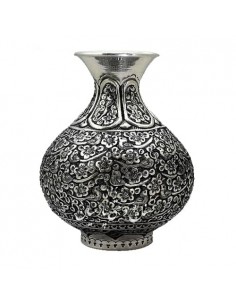

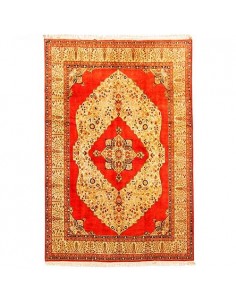

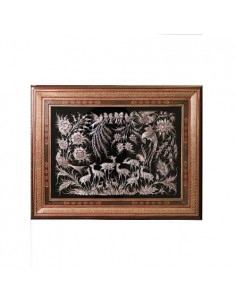

Comments (0)